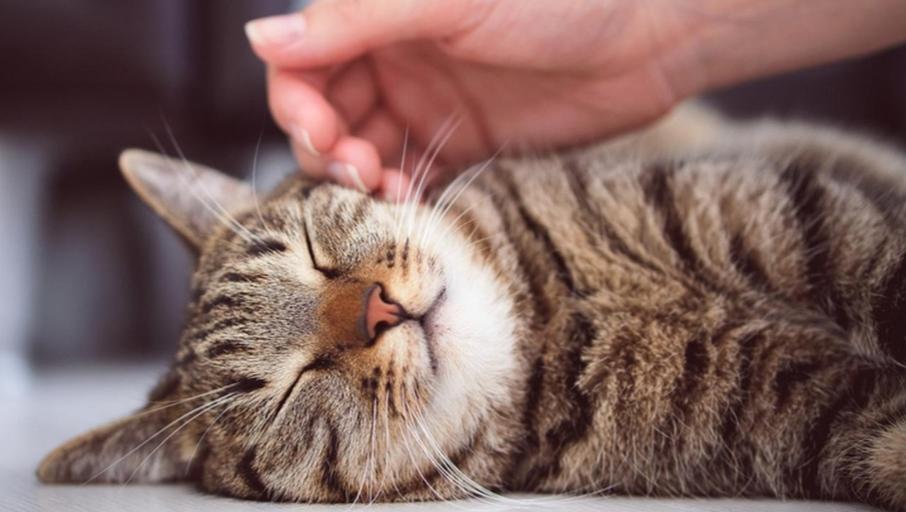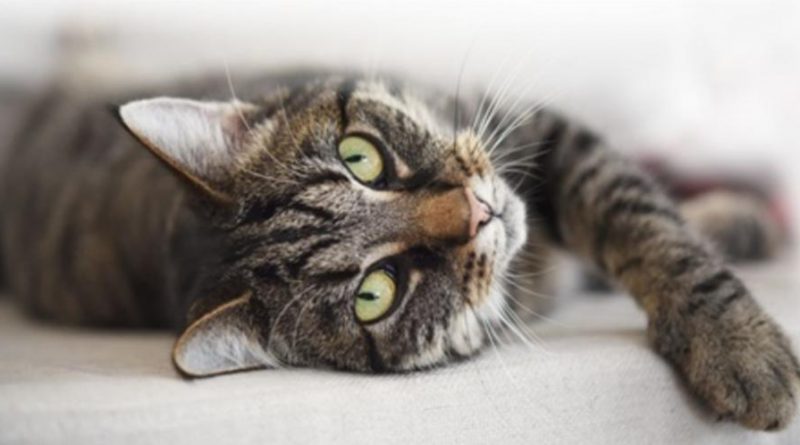Curly tails and airplane ears
Many people wonder: “what’s my cat trying to tell me?” While humans have lived with cats for centuries, these small felines remain a mystery to us. “What do they want?”, “What are they thinking?”. This article is going to answer some of these questions so that you can understand our little furry friends better.
How cats communicate with each other:

Cats have different ways to communicate with each other, but one of the most important is body language. A cat’s ears, eyes and tail are the most relevant tools for communication. A friendly cat generally has its ears pointed forward and its tail pointed up. When cats approach another cat (or a human) whom they trust, their tail might curl forward to form a shape like a question mark. If they feel threatened, cats tend to draw their ears back against their head and show their teeth. Their eyes might slit into little fends.
Cats also communicate with each other through pheromones. Pheromones are chemical “messages” cats use to interact with other cats and the world around them. These chemicals are released from special glands that can be found in a cat’s chin, lower ears, forehead, cheeks, tail, rear back, and paw pads. They are released when a cat rubs one of these body parts onto something else. Pheromones have many different purposes, such as territorial, sexual, and signalment. Cats also use pheromones to create familiarity and bonding.
How cats communicate with humans:

Similar to how they communicate with each other, cats also use body language to communicate with us. However, since humans are not as receptive to their signals, cats have developed meowing to get our attention. Indeed, domesticated cats tend to meow much more than cats in nature who rarely use this type of communication. Some scientists even say that cats have different meows depending on what they want. A short, pitched meow might be a greeting, while a more drawn-out meow usually means that they want something specific.
You might also have noticed your cat purring. This usually means that they are content and relaxed. When cats purr, they release endorphins, serotonin and melatonin, which have the benefit of lowering stress, blood pressure and heart rate. However, some cats also purr when they are afraid, to release stress.

In conclusion, cats have different ways of communicating like meowing, chemical messages, and body language.
Glossary:
You might have heard terms like “airplane ears”, “zoomies”, or even “making biscuits” flying around on social media. Here’s what they mean:
Airplane ears: when cats flatten their ears against their head and point them outwards. It can indicate fear, anxiety, or aggression.
Zoomies: when a cat suddenly gets a burst of energy and starts running around the house.
Making biscuits: when a cat starts pushing and pulling with its front paws against something like a blanket, or a carpet. Generally, it indicates that they are at ease.
Matilde Federico / S4EN enrichment / EEB1 Uccle





I like the « activation noise » they make when they’re not expecting it and you caress them!